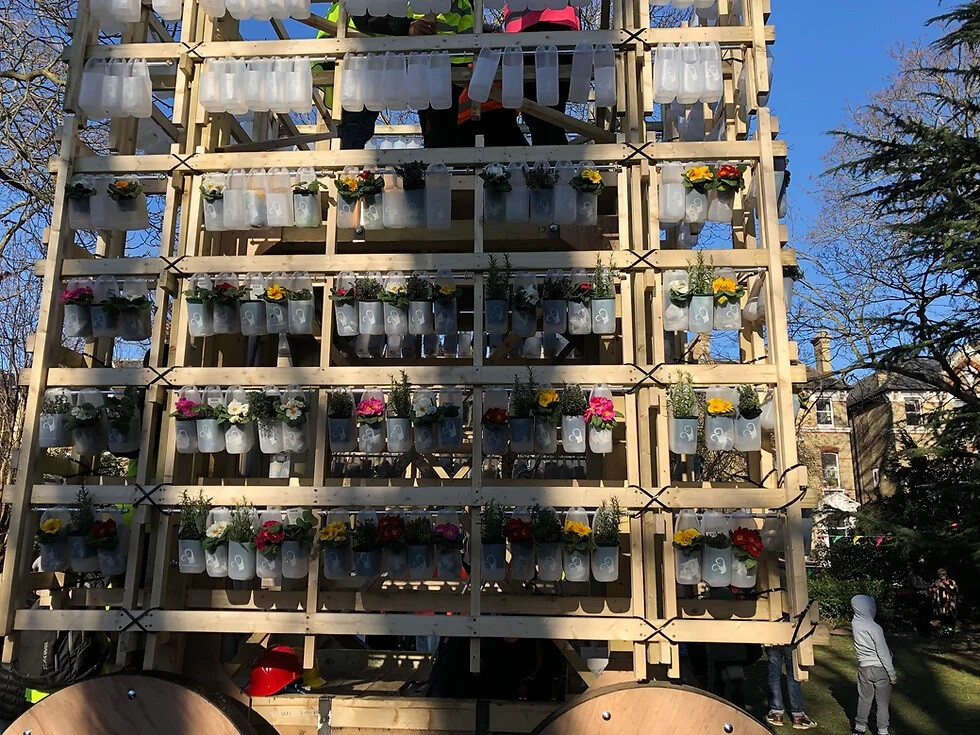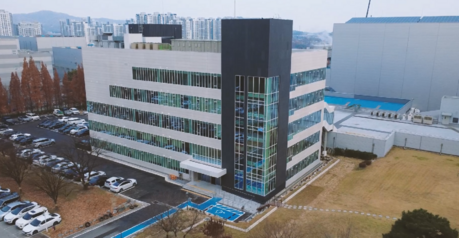
The Korean community in New Malden, a historic Korean enclave in the United Kingdom, has been embroiled in a heated controversy over a proposed monument in the town's iconic Fountain Roundabout. The planned monument, designed by a Japanese-led architectural firm, was met with strong opposition from local Korean residents who feared it resembled a Japanese torii gate, a traditional gateway to Shinto shrines.
Fountain Roundabout, a circular crossroads, has been a central gathering place for the Korean community for decades. It was originally constructed in 1894 and has served as the heart of New Malden. When a design competition was launched last year to redesign the roundabout, the winning proposal, submitted by Hayatsu Architects, featured a structure that many Koreans saw as a direct reference to Japanese culture.
The proposed monument was intended to symbolize the area's industrial past, which included brick-making. However, the design, incorporating a tall, arched structure, bore a striking resemblance to a torii gate. This perceived cultural appropriation sparked outrage among Korean residents, who saw it as an insult to their heritage and a misrepresentation of New Malden's history.
The controversy quickly escalated, with many Korean residents expressing concerns about the lack of consultation with the community and the potential for the monument to alienate and marginalize them. The Korean community in New Malden has a long and rich history, and the roundabout has been a focal point for Korean culture and identity for generations.
Following the backlash, Kingston Council, the local government body, announced that it would not be proceeding with the construction of the monument. This decision was welcomed by the Korean community, who praised the council for listening to their concerns.
In response to the controversy, the Korean community in New Malden has launched a campaign to erect a monument that celebrates Korean culture and history. The initiative, led by local Korean leaders, aims to create a lasting symbol of the community's heritage and contributions to the town.
The incident has highlighted the importance of community engagement and cultural sensitivity in urban planning and development. It has also served as a reminder of the challenges faced by minority communities in preserving their identity and heritage in the face of rapid globalization and cultural change.
[Copyright (c) Global Economic Times. All Rights Reserved.]






























